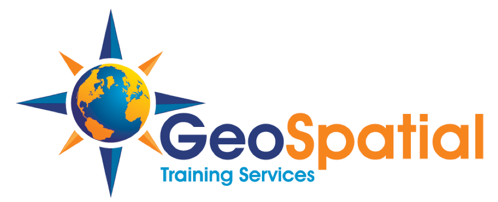A recent study from job site Glassdoor showed that data scientist is currently the best job to apply for, offering a median base salary of $110,000 and job satisfaction of 4.4 out of 5. Let´s have a look at the different types of data scientists and the required skills to become one.
Data has become a valuable asset for businesses. Google, as well a Amazon and Facebook, are prime examples of companies that created their own business platform and model based on data of their users. This explains the need for people who organize, analyze and interpret data – the domain of today´s data scientist.
Data scientist personas
The term “data scientist” is quite a broad one. A study from job site Glassdoor showed that there’s currently no consensus about the skill set and activities that make someone a data scientist – it´s more of a catch-all. This is why the job site made an analysis of thousands of online job listings, comparing different data science job requirements and accompanying salaries, resulting in three categories of main data scientist personas: core data scientists, researchers and big data scientists.
Career prospects and required skill set
This categorization makes it possible to compare employment numbers in data science: based on the total online job listings on the Glassdoor website, core data scientists are needed most, making up 71% of all data science jobs, followed by 15% of researchers and 14% of big data specialists. The last category requires the most specialized skills of the three and is therefore rewarded higher than the other two. The main difference between the first two categories is that the researcher category requires broader technology skills compared to core data scientists, such as SAS and Matlab.
The biggest takeaway from the analysis is that R, Python and SQL belong to the core skills critical for most data science jobs today, and at least one of them is present in nine out of ten job postings on Glassdoor. R is a programming language used most by the academic community, most recently followed by Python, an easy-to-learn programming and scripting language that offers a more accessible and faster alternative to R. SQL, an acronym for Structured Query Language, is a language used for managing relational databases. Its syntax and concepts can also be used inside R and Python.
Conclusion
Even though data science is now a popular field, there´s still a shortage of people with the right skill set. Whereas five years ago a job in data science required a Ph.D in statistics, what´s required today is at least a bachelor’s degree, combined with coding and business skills. As illustrated above is that the more specialized you become, the better the salary will be. As a whole, the future of data science looks bright and anyone joining this field can take advantage of a wide range of resources, tools and community efforts. The amount of data waiting to be explored will only continue to grow: imagine the amount of data waiting to be explored when the IoT takes off, and millions of devices will be connected through the internet, producing massive amounts of sensor data.

